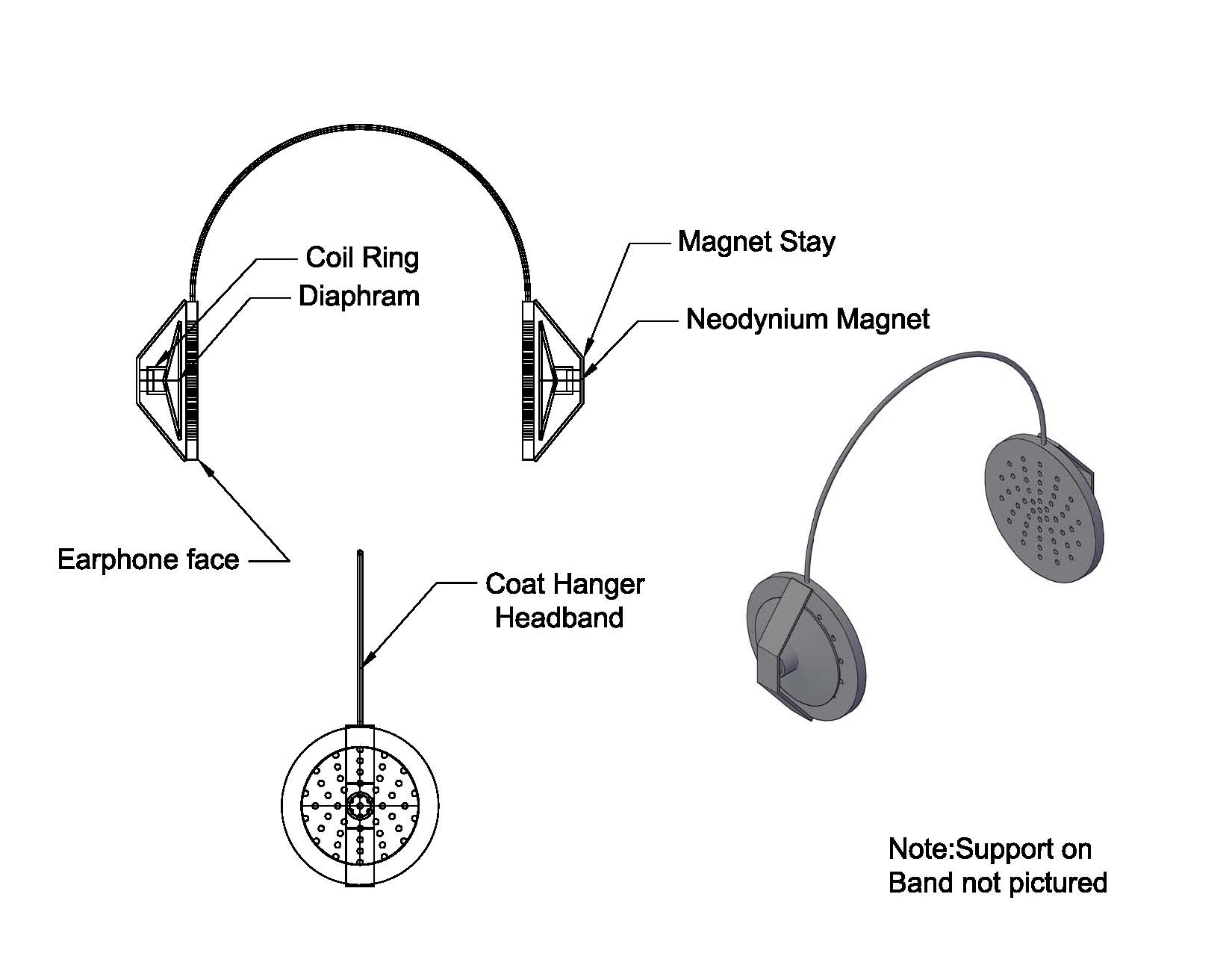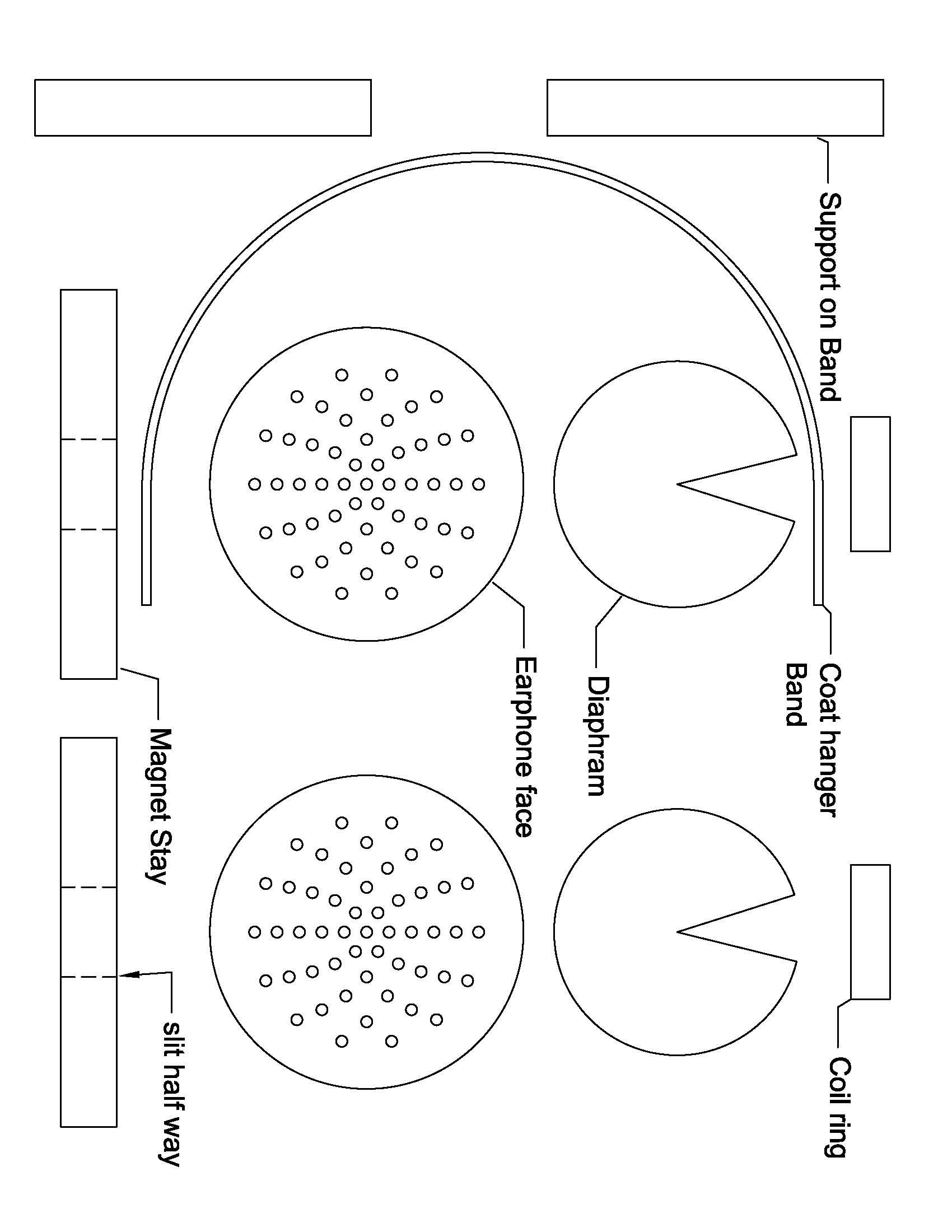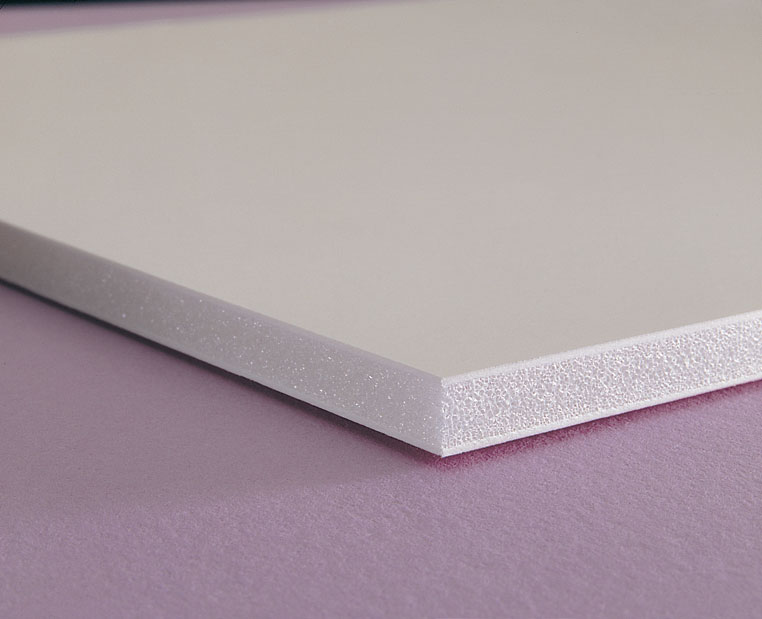 |
|
|
|
|
DIY Stereo Headphones These headphones I made in an attempt to make the DIY Styrofoam plate speakers a little more portable yet still make them a truly do-it-yourself project. I have tried these out and I actually like them better than most of the cheap stereo speakers you can buy in the stores I am sure that that with some adjustments and optimization someone can make them into a really nice pair of headphones. The great part about building something like this yourself is that you can make them as comfortable (or uncomfortable heh) as you want.
|
|
 |
This is the initial CAD drawing of what the finished
headphones might look like. It clearly shows the position of all of the
pieces such as magnet placement, the supporting structure, and the
headband. Here is a link to the Autocad file if you wish to edit something |
|
|
The template of all of the parts fit onto a single
sheet of paper. I recommend using a metal coat hanger for the headband due
to it ease of bending as well as being sturdy enough for the application.
My technique was to lay the straightened out hanger on the piece of paper
and gradually put bends in it until it is to the required shape (keep in
mind not everyone's head is the same shape and size so test fit it on
yourself to make sure it fits you nicely). For the other pieces I would
suggest cutting them out and laying them out on the material with which
you will be constructing the headphones. The diaphragm needs to be on a
sturdy material like construction paper or you can do what I did which was
to slit the foam board in half with a razor blade and use the glossy part
then just make it into a cone shape and tape it so that it stays. The coil
ring needs to be made from something like a note card or something else
like that so when you are winding the coils it doesn't collapse. Also,
make sure that the coil ring is a loose fit on the magnet since you want
it to move freely up and down. Some other things you will need is a stereo
headphone jack, some magnet wire (i used some scrap 34 gauge wire). The
impedance of the coils is about 4 ohms and since the impedance varies with
gauge I cannot give an exact length. It is important to make both sides
the same length otherwise one side will be loader than the other. (click on the image to get the pdf) |
||
 |
||
| This is the foam board that i used to make the whole project it can be typically obtained from any art store or office supply store for a cheap price (under a couple of bucks for a small peice). As you can see by the template it is a piece that can be smaller than a 8.5"x11". You can even get it in black so it doesn't stand out a lot when you are wearing the head phones. | ||
 |
||
| This is the finished product you can see that the support on band pieces are on there. the way I did this was slit a piece of foam board then used hot glue to glue it together on the hanger once everything else is glued together. The purpose of the supports are to keep the ear pieces from spinning and moving around on their own. The speaker is suspended with a piece of tape on the cone connected to the magnet stay this adds some movement to the cone but also acts like a spring return. If you noticed, there is only one wire running out from the headphones this is because the other one goes along the hanger to the other side for a cleaner look, then everything is wrapped in electrical tape. All gluing is done with a hot melt glue gun but I'm sure other types of bonding agents will work. | ||
|
|
||
| Here is the tape being used as suspension up close so you can see that the tape isn't pulled tight to allow for free movement of the diaphragm. Also in this picture you can see that the coil is held in place with hot glue and make sure that the bottom of the magnet is glued to the stay. | ||
|
|
||
|
|
You can see that for comfort I added some light foam pieces but i think the even fluffier kind would feel better and trap the sound better for a much better sound quality. | |
| The configuration of the headphone jack. Here you can see that the big part which is the case of the jack is the common pin which means that one end of the coil is connected to the other coil then those ends are connected to the pin. Be sure the speakers are either wound in the same direction so you get the proper wire or you can use a small battery to check that the speakers "pop" in the same direction (ideally out toward your ear). As far as the left and right channel that isn't as important so just pick one of the headphone wires and connect it to one of the channels, then do the same with the other wire to the other channel. | ||
|
|
||
